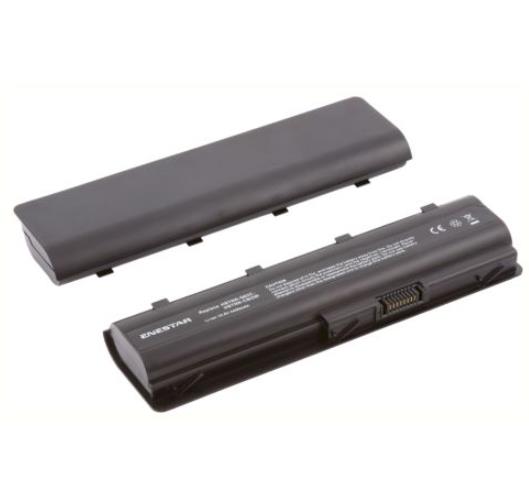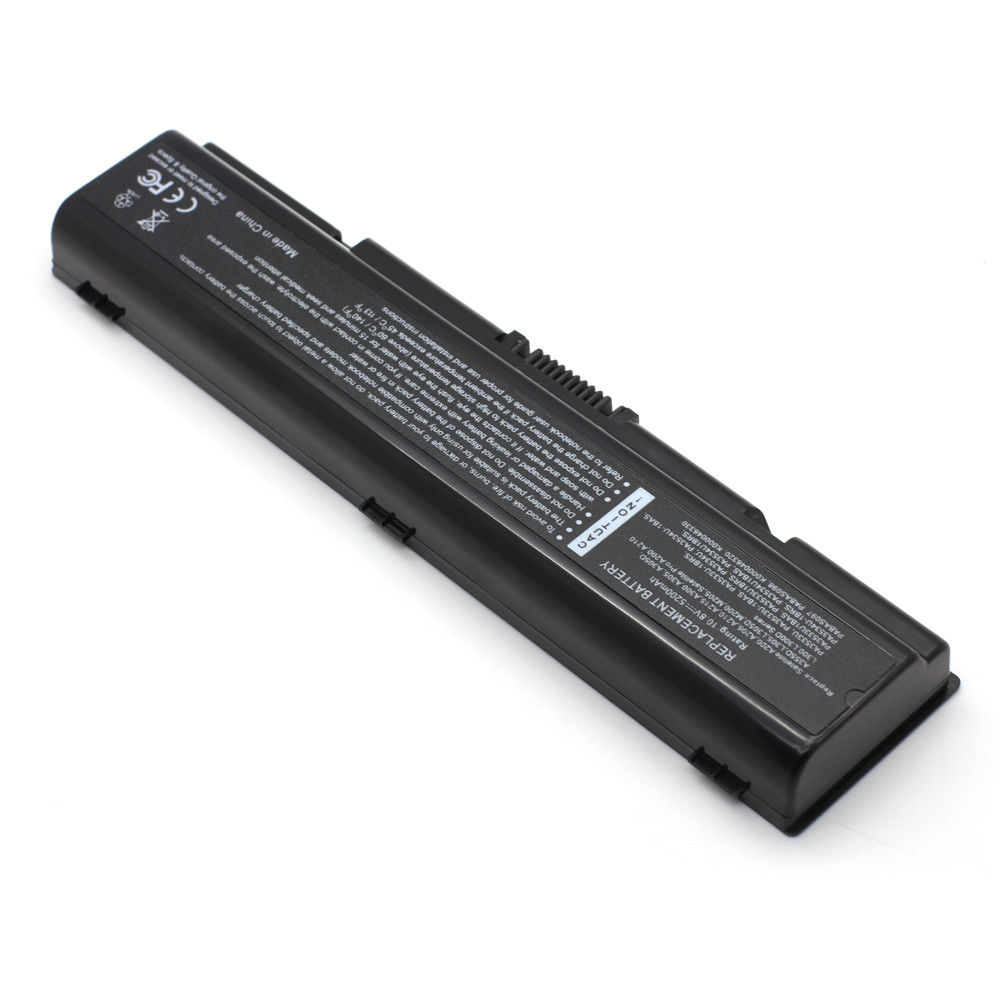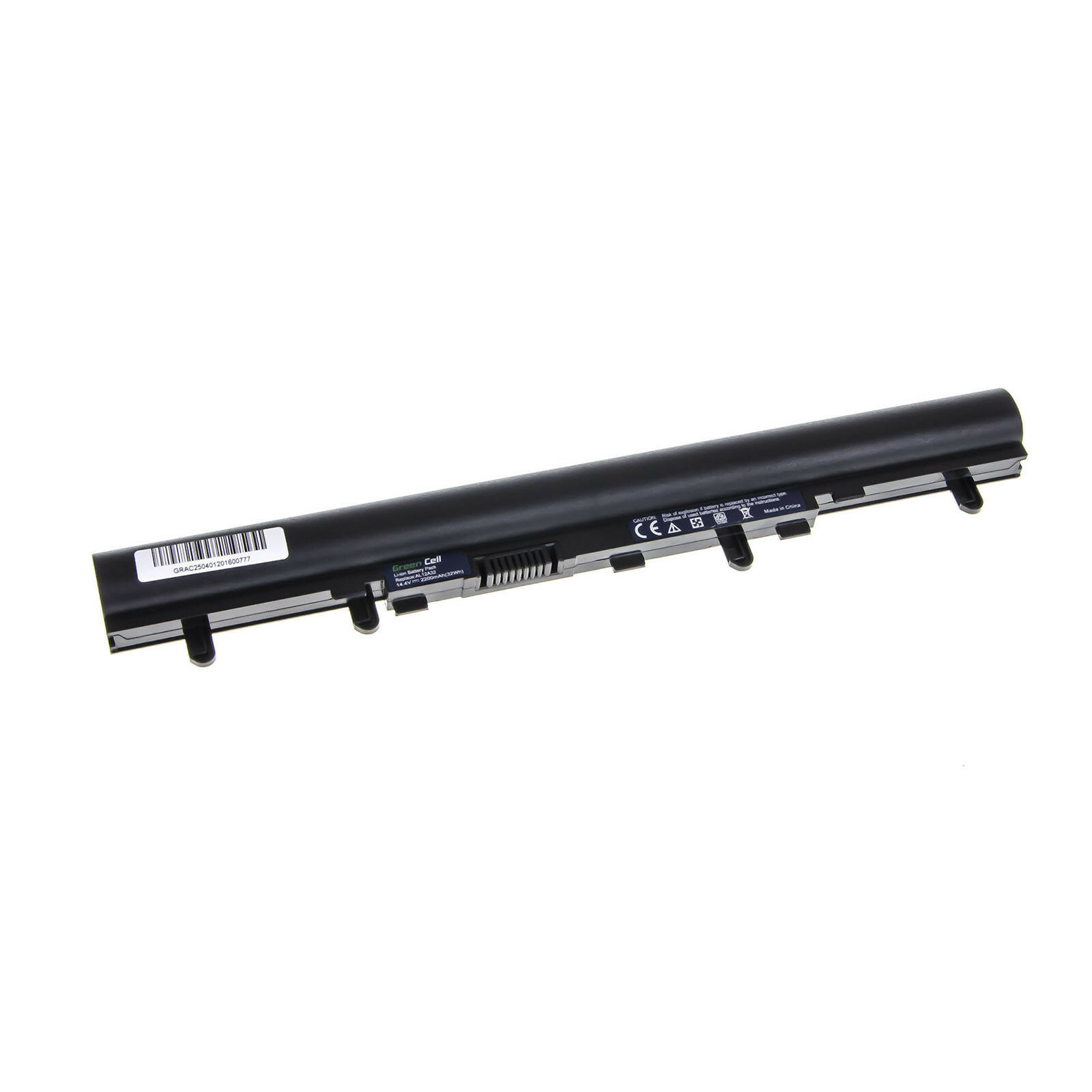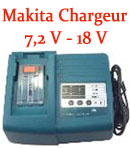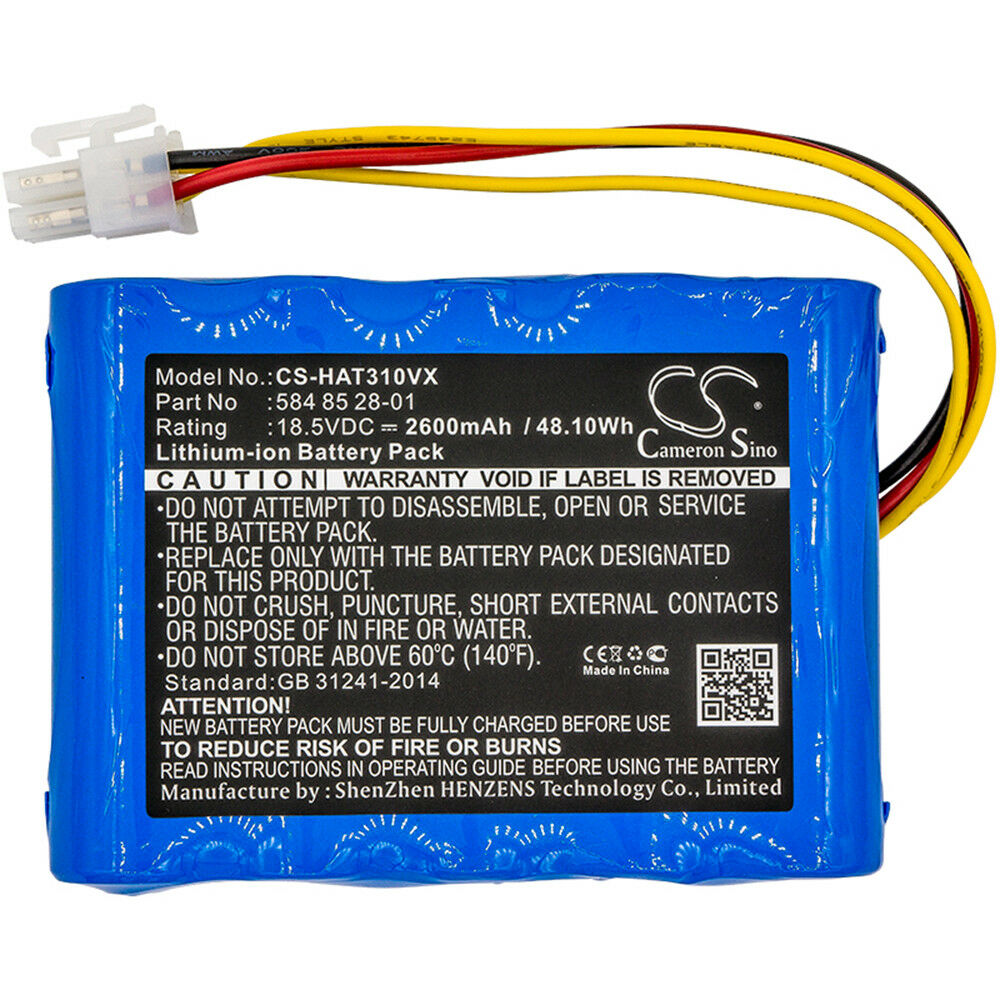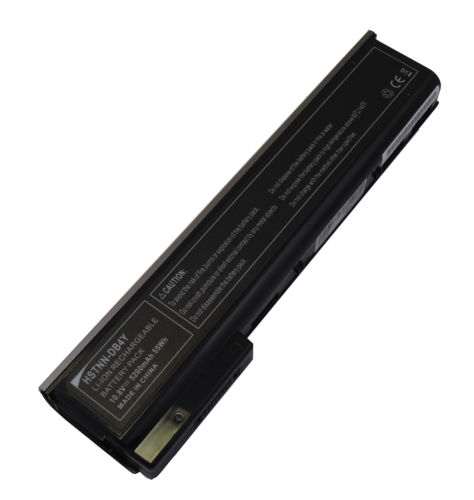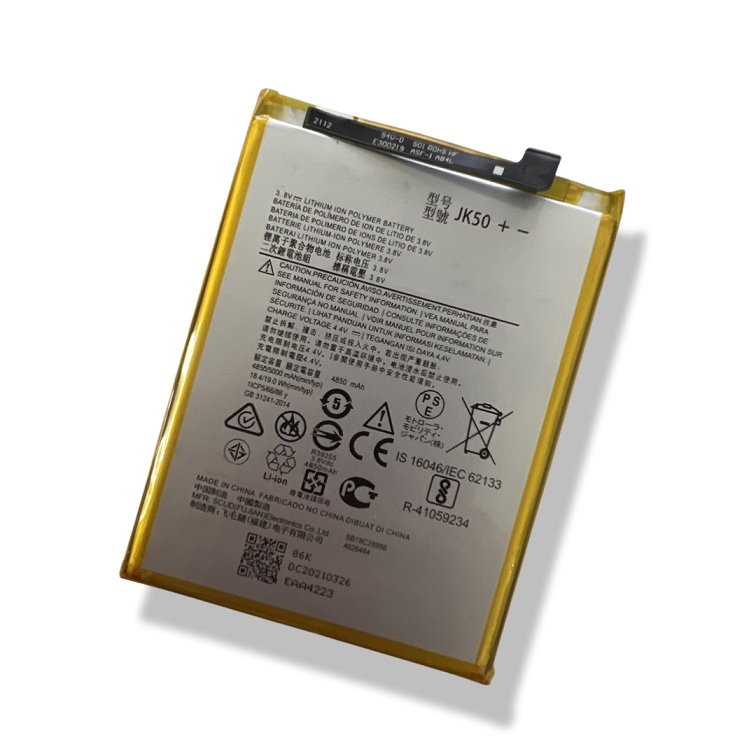How to Choose Between NiCD, NiMH and Li-IonThe Different Battery Types for Cordless DrillsFinding a cordless drill which will fit your needs best can be complicated. There are a large number of different features and specs to consider, not the least of which is the type of battery used. There are three different types of batteries which can be used by cordless drills, or any other kind of cordless tool: nickel-cadmium (NiCd), nickel-metal hydride (NiMH), and lithium-ion (Li-ion). Let's take a good look at each of them. Nickel-Cadmium BatteriesNiCD batteries are the oldest of the three types and they are still widely used because they are irreplaceable when it comes to performing in tough conditions. In addition, they are inexpensive and their cycle life is quite impressive. Overall, Li-Ion and NiMH are better, but if you come across a cordless tool that uses NiCd batteries, don't be too quick to dismiss it. One of the reasons NiCd batteries haven't been retired yet is their general toughness and resistance to impact, as well as both high and low temperatures. Also, their cycle life measures at around 1,000 charges, which is really impressive. In addition to that, they deliver a better flow of electric current. Although keeping the battery in a state of deep discharge is far from recommended, if you do so with NiCd batteries, they will not damage as easily as their Li-Ion or NiMH cousins. If you look at the whole thing from an economic standpoint, NiCd batteries are also significantly less expensive than the other options. Seeing as NiCd are the oldest type of batteries, some of their characteristics are a bit dated. For example, they weigh more than other options, and their capacity is lower. One thing you need to be careful of if you use NiCd batteries is to not let their charge drop below 70% between charges. To do so diminishes their lifespan. However, you should perform a deep discharge once every month or so, or NiCd batteries will suffer from memory effect. Another thing to keep in mind is that NiCd batteries need to cool down before being recharged. And there's one more thing: if you care about the environment, you may be disappointed to find out that cadmium can damage the environment when not stored properly. NiCd batteries in a nutshell
Nickel-Metal Hydride BatteriesNiMH batteries are more expesive than NiCd batteries, but they also feature some improvements over their NiCd counterparts. One of the biggest improvements is that NiMH damages the environment far less. Their biggest advantage is their capacity, which is sometimes 2 or even 3 times greater than that of NiCd batteries, thanks to better energy density. Like NiCd batteries, though, NiMH batteries are sensitive to improper storage and charging conditions. They weigh less than NiCd batteries, and they are less expensive than Li-Ion batteries. However, NiMH batteries are very sensitive to storing and charging conditions and they need to be stored and maintained properly to extend their cycle life. Unlike NiCd batteries, NiMH batteries are more sensitive to both high and low temperatures. A good rule of thumb is to store and use them between 33°Fand 103°F. When left unused or in a state of deep discharge, NiMH will experience far more damage than NiCd batteries. Their lifespan and storage capacity will shorten. Just like NiCd batteries, they should also be charged at 70% capacity, but with one deep discharge performed every three months to circumvent memory effect. NiMH batteries in a nutshell
Lithium-Ion BatteriesBeing the newest of the three types of cordless tool batteries, Li-Ion batteries are also your best option, when all aspects are taken into account. Of course, they are not without their drawbacks. For instance, they are more expensive than both NiCd and NiMH batteries. Their biggest enemy is heat, which deteriorates their internal components and changes the electro-chemical processes going on inside. Age and continuous use also play a big role in the shortening of their life span. Although it may seem they are not the best option due to their short life cycle, they have higher capacity and they are able to charge quickly. The technology of Li-Ion batteries is still being improved, so it will be interesting to see what happens with them in the future. One of the things that doesn't need improvement is their weight, because they are the lightest of the three types of batteries. Also, I mentioned earlier that NiMH have high energy density, which is also the case with Li-Ion batteries, but Li-Ion batteries are less sensitive to variations in temperature than their NiMH cousins. While other types of batteries require regular maintenance because they are susceptible to memory effect, Li-Ion batteries do not suffer from such ailments. While the other two types of batteries have to stick to a specific shape, so tools kind of have to be designed around them, the construction of Li-Ion batteries allows them to take on any form, so they can be physically designed to provide a tool with better balance and/or performance. And when it comes to storage and recharging, as long as you don't store them in an environment which is too hot, you can pretty much use them any way you like because they don't suffer from self-discharge or memory effect. Their charge/recharge cycle is also superior to the cycles of the other types of batteries. Best of all, unlike NiCd batteries, Li-Ion batteries do not damage the environment. Li-Ion batteries in a nutshell
The SummaryAs you can see, Li-Ion is definitely the way to go, but their prices are significantly higher than those for NiCd and NiMH batteries. Even so, NiCd and NiMH batteries are still better in some aspects than Li-Ion batteries, and depending on the kind of work you do, they might just be a better choice. I hope this little guide will help you decide which battery standard you should choose. |



